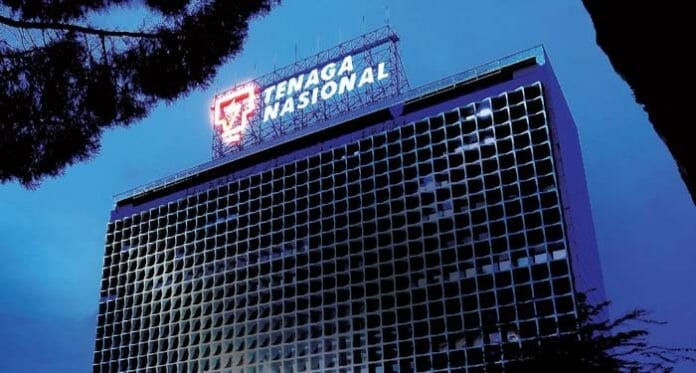RAM views that Tenaga Nasional Berhad’s announcement to commit RM20 billion capital expenditure annually over the next 28 years will not at this point in time result in a review of RAM’s current AAA/Stable/P1 ratings of its notes/sukuk issued.
From an environmental, social, and governance perspective, RAMs see TNB’s lead in accelerating its energy transition plan and its role as the national utility company as a catalyst for other players to step up their sustainability agendas towards realising Malaysia’s 2050 net-zero targets.
At the new level of capex, TNB’s revised annual capex is 89% higher than its five-year average historical level including other investment outflows, and will necessitate increased borrowings. Factoring in the Group’s longer working capital cycle given soaring commodity prices, RAM’s analysis indicates its total adjusted debt will surge to RM96 bil this year (end-December 2021: RM81 bil, including exposure to 30%-owned Turkish power company, GAMA Enerji A.S.). Consequently, TNB’s projected adjusted funds from operations debt coverage and gearing could temporarily weaken to a respective 0.19 times and 1.56 times at end-FY Dec 2022 (end-FY Dec 2021: 0.25 times and 1.39 times). The potential upside from the immediate profit contribution of newly purchased operating assets, however, may improve the Group’s earnings and debt servicing ability.
Meanwhile, the potential initial public offering of wholly owned TNB Power Generation Sdn Bhd could provide better access to equity funding, enabling it to reduce debt burden. This should help moderate its leverage profile in the longer term.
The group has added that the larger capex allocation will be channelled to various investments to fast-track the road to net zero. These include ongoing grid upgrades to boost renewable energy (RE) uptake, the expansion of TNB’s power generation fleet focusing on large-scale gas and hydropower plants, the acquisition of overseas RE projects, and the development of a domestic electric vehicle ecosystem.









